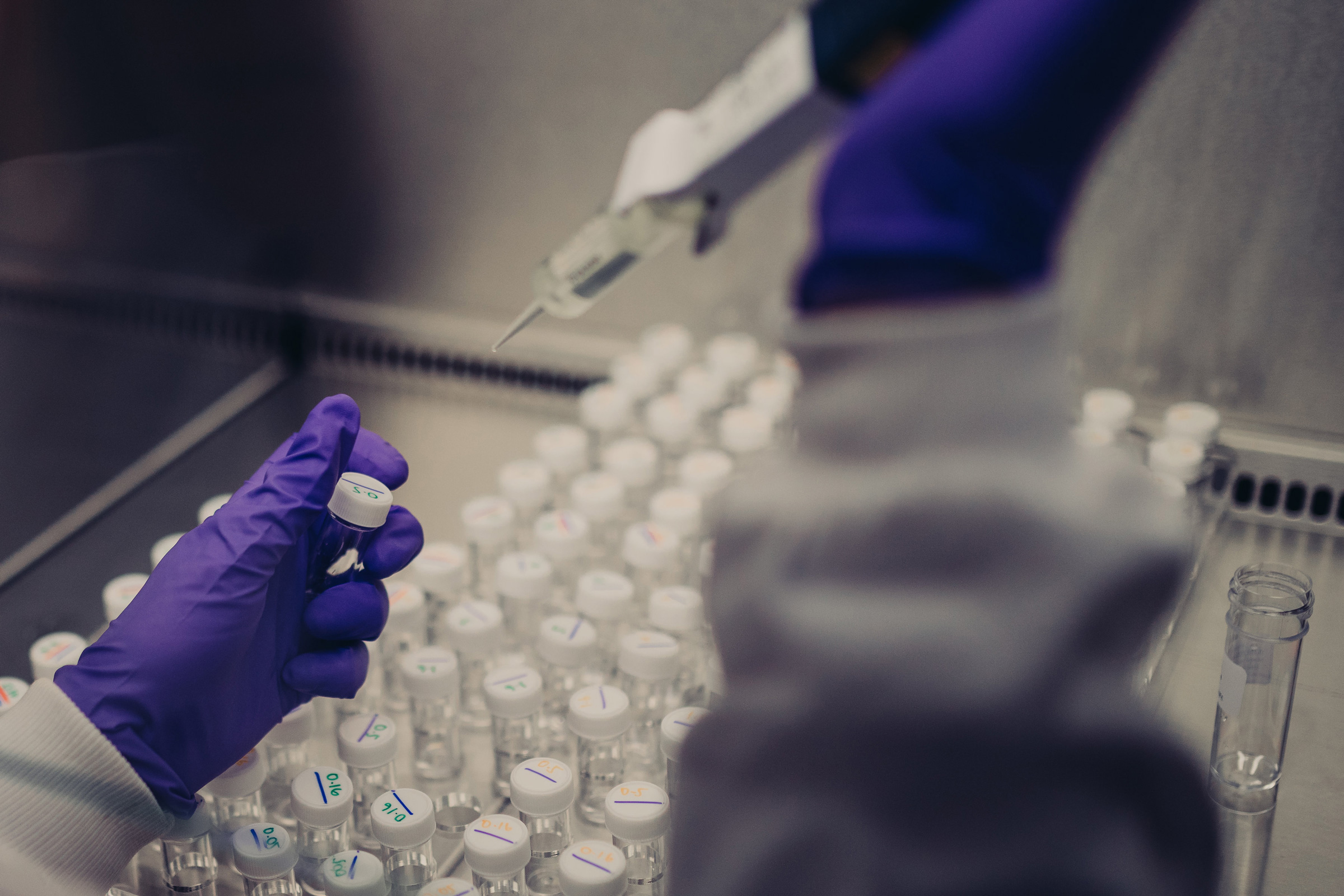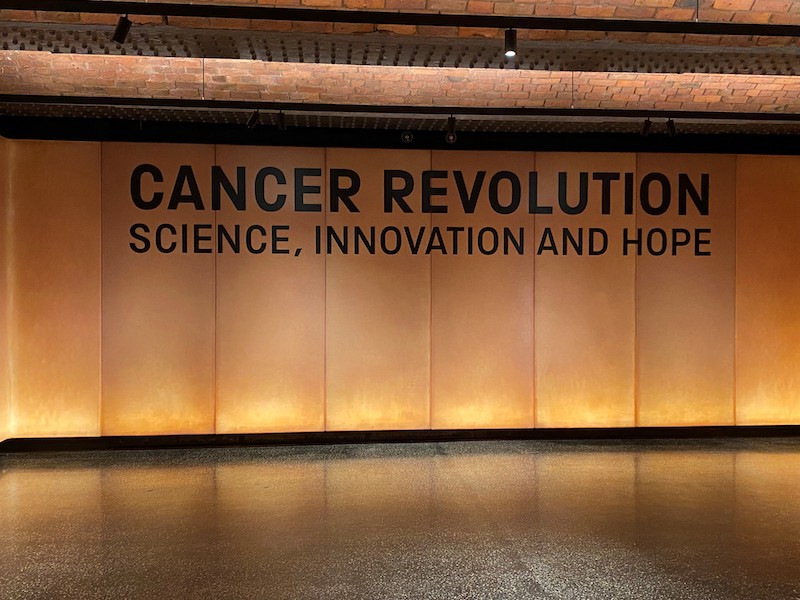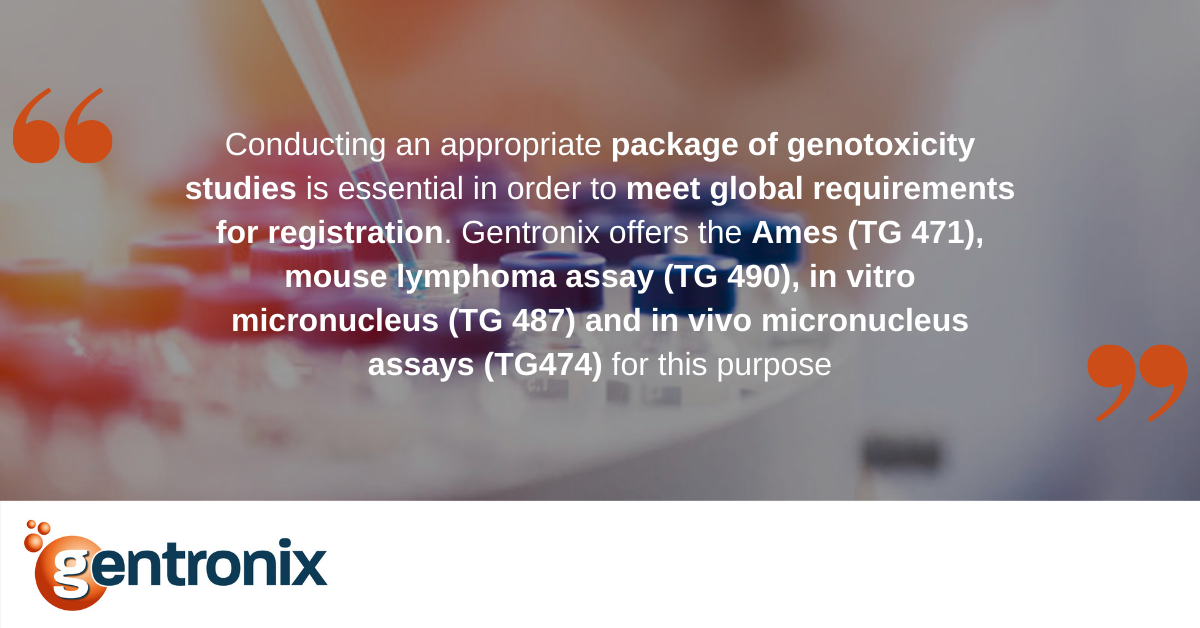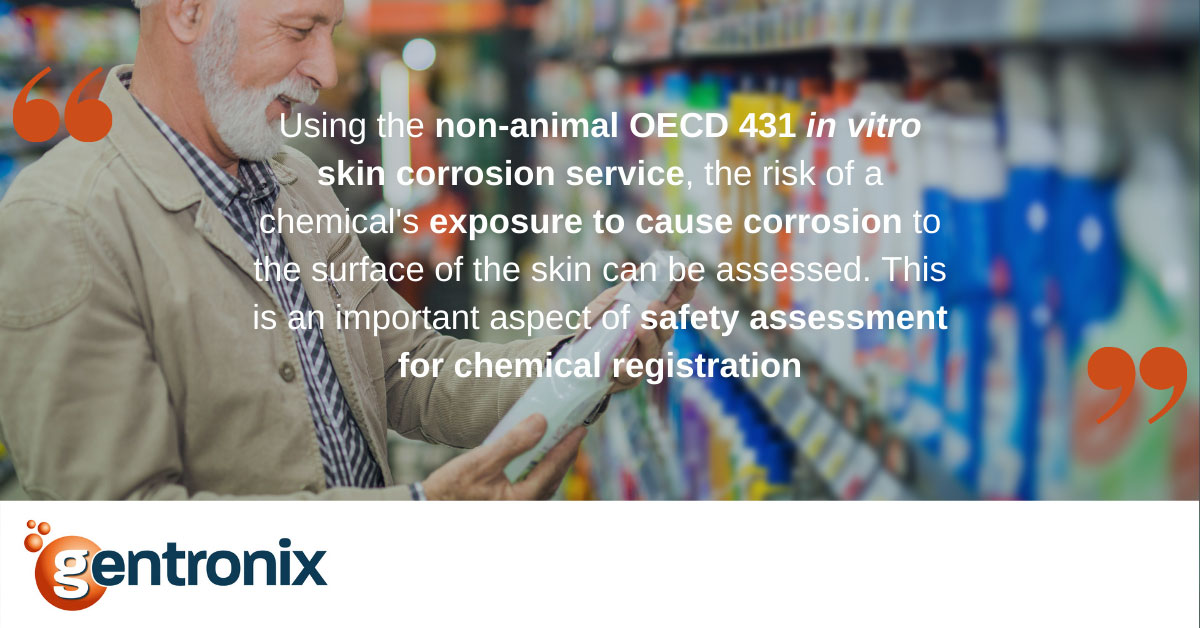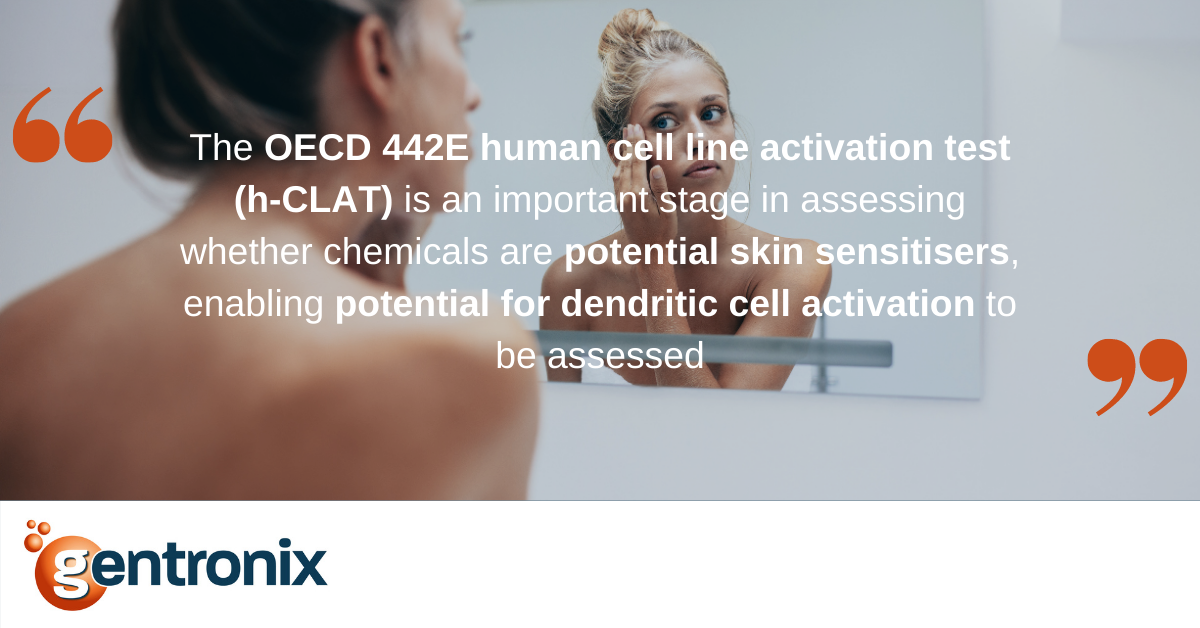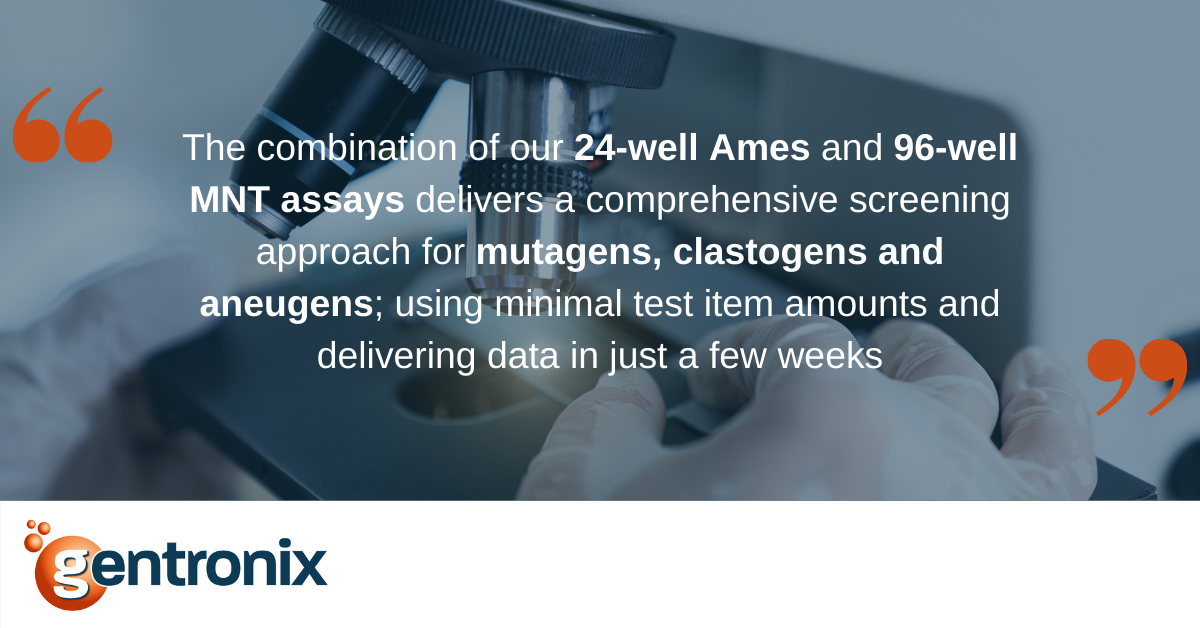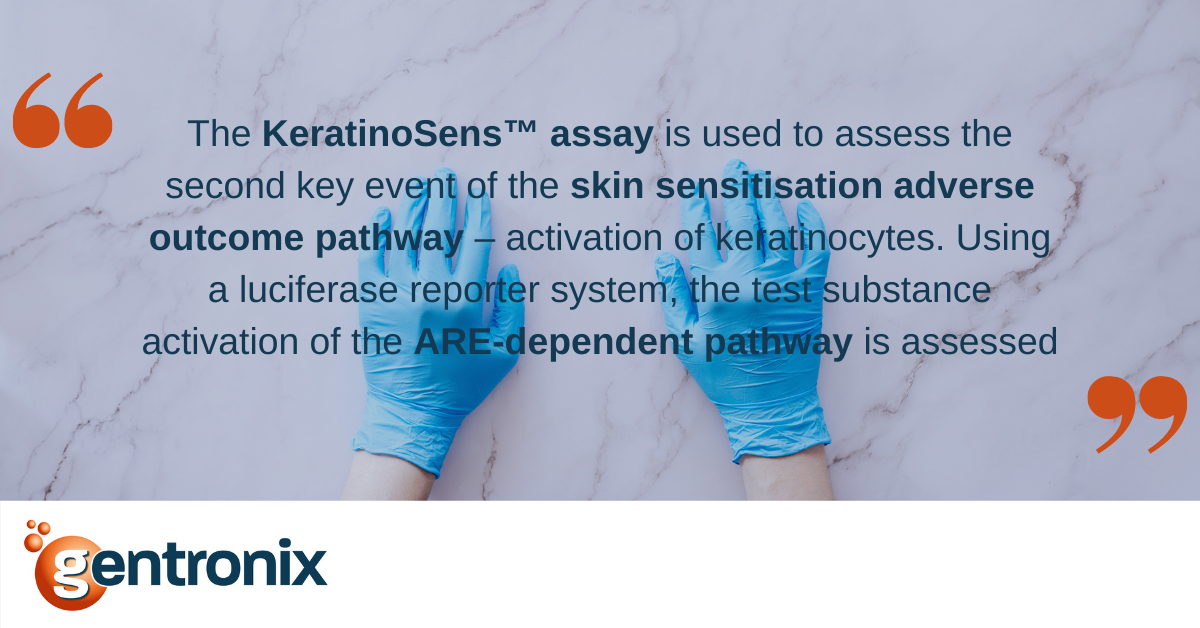In part one of this article on detecting mutagens, we looked at mutagenic substances that can cause point mutations and the tools that can be used to assess such hazards. In part two, we’ll look at clastogens, another class of mutagenic substances which cause changes in the structure of DNA, such as chromosome aberrations that can be seen under a microscope. Whilst some clastogenic events will occur due to normal cellular activity (e.g. DNA replication fork collapse), reducing exposure to exogenous clastogens and their mutagenic potential is clearly beneficial for human health. As mentioned in part 1, mutagenic substances can result in concerns for human health, such as cancer, metabolic diseases and ageing.
Because several clastogenic substances are also known to be carcinogens, screening out clastogens during the early development of new substances is a priority. There are only limited cases in which clastogenic substances are considered suitable for human use (such as chemotherapy), where the benefits outweigh the risk. Alternatively, other uses may be permitted, but identifying clastogenic activity would warrant stricter process controls or exposure limits.
What are predictive toxicology tests commonly used for?
Typically, companies developing new compounds, whether pharmaceuticals, cosmetics, agrochemicals or industrial chemicals, will use a predictive toxicology process starting with structure-activity (SAR) in silico predictions, in vitro testing, and then only in vivo testing if required and permissible. However, whilst SAR models are often effective in predicting Ames test outcomes for chemistry contained within their applicability domains, they are generally considered less effective for predicting clastogenicity (or a lack of it), primarily due to the paucity of reliable reference datasets.
The in vitro tests primarily used for detecting clastogenicity is the in vitro micronucleus assay and the in vitro chromosome aberration assay. The in vitro micronucleus assay is generally favoured as it better detects antigenicity in addition to clastogenicity, is easier to score, and is amenable to automation. Furthermore, studies comparing the in vitro micronucleus test to the chromosome aberration assay have high concordance and sensitivity for the detection of broader genotoxic and specifically clastogenic substances. Given the importance of understanding the clastogenic potential of a chemical with expected exposure to the environment and humans, the in vitro micronucleus test is used as both an early screening technique and within the in vitro regulatory test battery.
At Gentronix, we conduct GLP OECD guideline 487 in vitro micronucleus studies to meet our clients’ regulatory needs within both primary and cell line models. To support our clients within a screening context, we introduced a 96-well format, enabling the conduct of in vitro micronucleus studies in the same manner as a GLP OECD guideline study with much fewer test items, greatly saving on test item requirements. This makes the assay ideal for screening, and by making the 96-well version compatible with Fluorescence in situ hybridisation (FISH) staining (more on that in a bit), we’ve added an optional mode-of-action (MoA) assessment as well. We can manually score in vitro micronucleus slides or in an automated fashion using our new Metafer platform, which will increase throughput even more. We also perform a flow cytometric version of the assay for an even faster turnaround of results, again with low test item requirements.
How do we determine what MoA is responsible?
As micronucleus assays can be positive due to clastogenic or aneugenic activity, further investigation is sometimes merited to determine which mode of action (MoA) is responsible. This can be done with techniques such as FISH staining to label centromeres or anti-kinetochore antibody labelling; both techniques enable micronuclei containing centromeres (typical of whole chromosomes) to be scored, with high levels of centric micronuclei indicative of aneugenic activity. For higher throughput screening, tools such as MultiFlow™, which uses multiple endpoints to differentiate clastogens from aneugens, allow the detection of genotoxicity and differentiation of MoA in the same test. Both of these services to establish MoA for clastogenic and aneugenic materials are offered by Gentronix.
Whilst primarily used for detecting point mutations, the mouse lymphoma assay (MLA or L51 assay) is also effective in detecting clastogenic substances, which are typically detected as slow-growing (therefore small) colonies. Several genotoxic substances have point mutation and clastogenic activity, so the MLA is useful for detecting both in one study, but its ability to detect aneugens is questionable.
BlueScreen HC™ and GreenScreen ® HC
Whilst not specifically detecting point mutations, the GreenScreen HCTMand BlueScreen HC® GADD45-alpha assays have been demonstrated to have very high sensitivity (i.e. high positive predictivity) for genotoxins, including many clastogens whilst having high specificity (high negative predictivity), and are excellent options for early-stage screening as they can be conducted with just 10 mg of the test item. Being gene reporter assays, GreenScreen and BlueScreen measure the cell’s response to DNA damage rather than mutation per se. However, they don’t have an OECD test guideline, so they are generally not accepted by regulatory authorities unless used as supporting studies to those required in the regulation.
In vivo studies that detect clastogenicity
The in vivo test typically used to assess clastogenicity is the in vivo bone marrow micronucleus assay, which, similarly to the in vitro paradigm, has gradually replaced the in vivo chromosome aberration assay. This assay looks at the potential for a test substance to induce micronuclei within the haematopoietic system, with both bone marrow and peripheral blood able to be analysed for the presence of micronuclei. This indicates the potential systemic clastogenic risk of a substance within the animal and, therefore a potential risk to human health. Later in 2019, Gentronix will add the rat bone marrow micronucleus assay to its service list, with slide scoring of bone marrow smears or flow cytometric peripheral blood analysis available. Additionally, we will partner with other expert companies to provide the bioanalysis that can demonstrate test item is systemically available using blood or plasma analysis as required.
The in vivo Comet assay may also be useful in detecting clastogens, although it is a broad indicator of DNA damage rather than specifically detecting clastogenicity. When conducting an in vivo assay, it is essential to consider whether there is evidence that the tissue being assessed is adequately exposed to the test substance or its relevant metabolites for the results to be meaningful. An advantage of the in vivo Comet assay is its ability to be scored in multiple tissue sites (e.g. liver, G.I. tract, kidney, bladder), allowing assessment of clastogenic potential at sites of first contact or where metabolism and excretion may take place.
Given the potential for a clastogenic substance to be either a DNA reactive mutagen or induce an increase in mutant frequency via dis-repair of DNA strand breaks or loss of essential gene function, identifying clastogenic hazard of a chemical with environmental and human exposure is a key stage in the genotoxicity safety assessment process. At Gentronix, we have tools available to enable screening for clastogens early in the discovery phase, right through to the tools used in regulatory assessments for both in vitro and in vivo studies. Alongside the ability to generate these important safety data, we have expertise in managing risk, enabling MoA to be determined and appropriate follow-up tests and strategies to be enacted.
